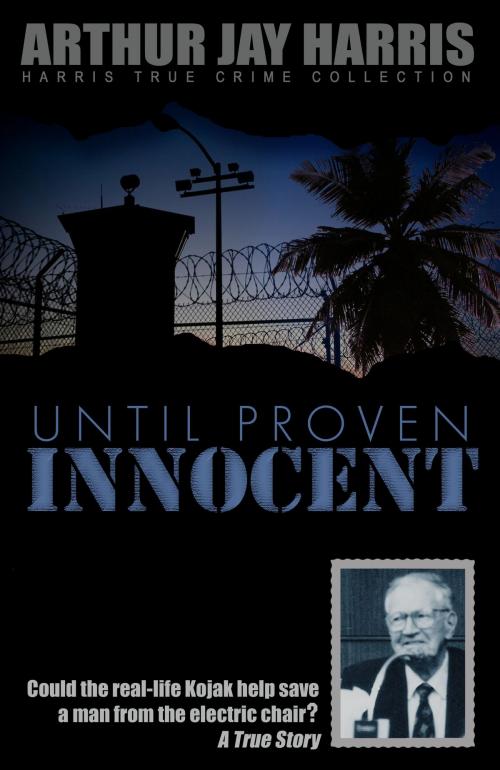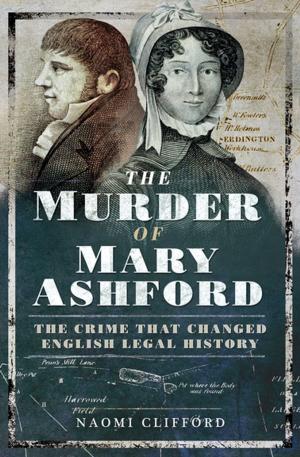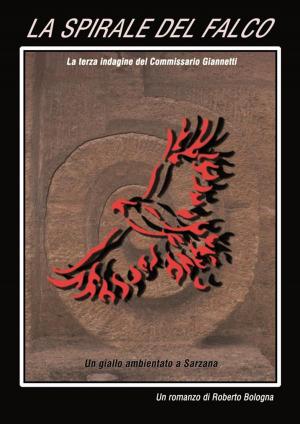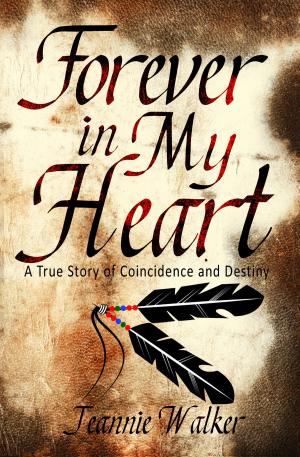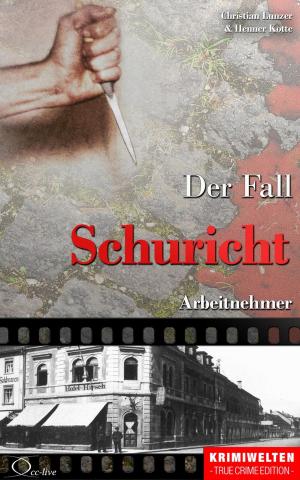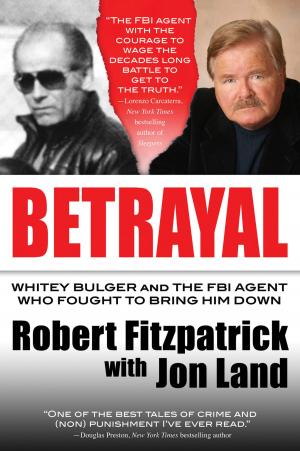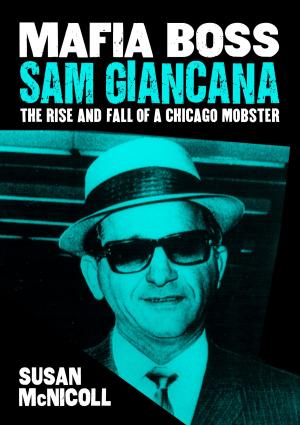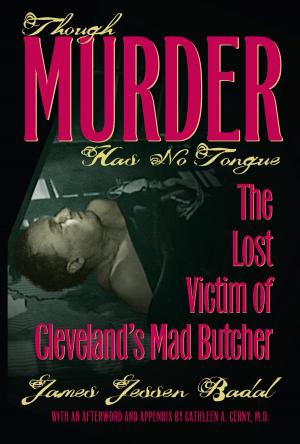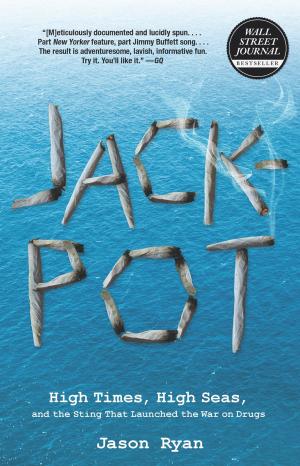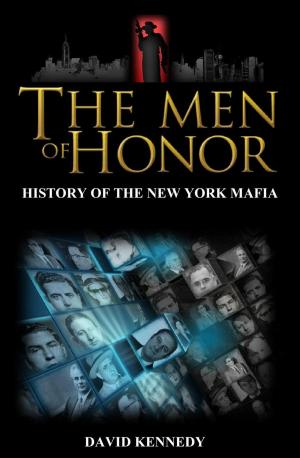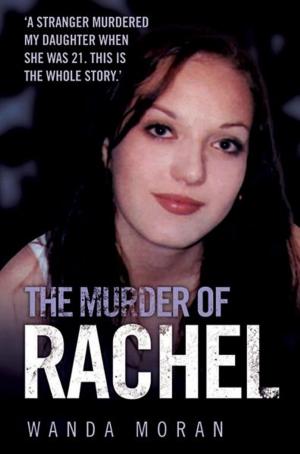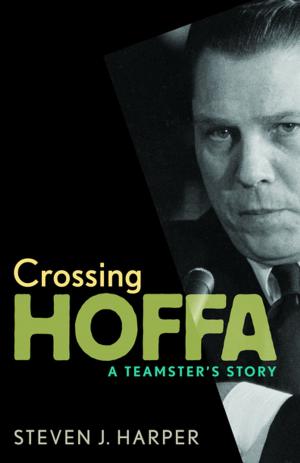Until Proven Innocent
Could the real-life Kojak help save a man from the electric chair?
Nonfiction, Social & Cultural Studies, Social Science, Crimes & Criminals, Murder, True Crime| Author: | Arthur Jay Harris | ISBN: | 1230000193522 |
| Publisher: | Arthur Jay Harris | Publication: | February 23, 2017 |
| Imprint: | Language: | English |
| Author: | Arthur Jay Harris |
| ISBN: | 1230000193522 |
| Publisher: | Arthur Jay Harris |
| Publication: | February 23, 2017 |
| Imprint: | |
| Language: | English |
Seen on the series True Convictions on Investigative Discovery, in January 2018.
By now deep into his case, the prosecutor was no longer as sure as he'd been: Were maybe not both of his murder defendants truly guilty? That's when he called his retired dad—would you help me? Dad had been one of the most famous detectives in New York. Years before, he'd solved the real-life murder case the Kojak TV series had been modeled after.
Breathless, a woman's call to 911 interrupted a quiet night in the horse country suburbs:
"I'm stabbed to death. Please!"
Did somebody stab you? asked the operator.
"Yes! And my husband, my baby!"
Within minutes, officers arrived at her remote ranch house but didn't know whether an assailant was still present. Announcing themselves, they got no response, then entered anyway, guns drawn, and began a dangerous, tense search, room by room. Then they heard a baby's scream. Although the house wasn't yet fully cleared, they followed the wailing to the master bedroom where they found, tied and gagged, her husband and elderly father-in-law. They and their 18-month-old all had been shot point-blank in the head--but were still alive.
Shocked, the officers called out to bring in paramedics, who had to crawl through the living room because the house still had not been completely cleared. Hurrying, and contrary to usual procedures, the officers spread out. One found a locked closet door; four officers gathered, and with guns ready, one of them kicked it in. Behind it they found their 911 caller--still holding the phone. "Oh, shit," said the kicker.
In the history of Davie, Florida, there had never been such a savage and sociopathic crime, and police and homicide prosecutor Brian Cavanagh were determined to resolve it. For three years, they had two suspects under surveillance, then arrest. Both faced the death penalty. But as the legal case progressed, Cavanagh began to doubt that the defendants were partners. Possibly one had been a victim of the other, as well.
In 1963, Cavanagh's dad, Tom, a Manhattan lieutenant of detectives, had a famous case called the "Career Girls Murder," two women in their twenties found horribly mutilated in their Upper East Side apartment. The newspapers played the story big, a random killer on the loose, meanwhile Tom and his precinct detectives had been unable to solve it.
Months after the murder, Brooklyn detectives declared the case solved; they'd taken a signed confession from a man with a low IQ. Their additional proof was a photo in his wallet; it was of one of the girls he killed, he said. The man quickly recanted, although that didn't much matter to the Brooklyn detectives.
As soon as he heard some of the details of the confession, Tom disbelieved it; the man didn't fit the profile. Needing to work quietly under the most difficult of circumstances, Tom sent out his own detectives to do the impossible: identify the girl in the picture. It had been taken in some sort of park setting. They first showed it to botanists, who recognized the type of trees in the background and where they grew. From that they could guess at where the park was. Targeting nearby high schools, the detectives then showed the photo to teachers to see if any could recognize the girl.
One did. When they found the girl, she asked, "Where did you get that?"
After all that impossibly good work, Tom and his detectives caught a break and found the real killer of the Career Girls. Until then, Tom said, he hadn't believed that police could make such mistakes. Afterward, as a result, New York State outlawed the death penalty. As well, this remarkable story inspired a TV movie and series starring a character playing Cavanagh's role. His name was Lt. Theo Kojak.
As a child, Brian Cavanagh had watched his dad's anguish throughout that situation. Now, he had a case that was remarkably similar--except that he was potentially on the wrong side.
Seen on the series True Convictions on Investigative Discovery, in January 2018.
By now deep into his case, the prosecutor was no longer as sure as he'd been: Were maybe not both of his murder defendants truly guilty? That's when he called his retired dad—would you help me? Dad had been one of the most famous detectives in New York. Years before, he'd solved the real-life murder case the Kojak TV series had been modeled after.
Breathless, a woman's call to 911 interrupted a quiet night in the horse country suburbs:
"I'm stabbed to death. Please!"
Did somebody stab you? asked the operator.
"Yes! And my husband, my baby!"
Within minutes, officers arrived at her remote ranch house but didn't know whether an assailant was still present. Announcing themselves, they got no response, then entered anyway, guns drawn, and began a dangerous, tense search, room by room. Then they heard a baby's scream. Although the house wasn't yet fully cleared, they followed the wailing to the master bedroom where they found, tied and gagged, her husband and elderly father-in-law. They and their 18-month-old all had been shot point-blank in the head--but were still alive.
Shocked, the officers called out to bring in paramedics, who had to crawl through the living room because the house still had not been completely cleared. Hurrying, and contrary to usual procedures, the officers spread out. One found a locked closet door; four officers gathered, and with guns ready, one of them kicked it in. Behind it they found their 911 caller--still holding the phone. "Oh, shit," said the kicker.
In the history of Davie, Florida, there had never been such a savage and sociopathic crime, and police and homicide prosecutor Brian Cavanagh were determined to resolve it. For three years, they had two suspects under surveillance, then arrest. Both faced the death penalty. But as the legal case progressed, Cavanagh began to doubt that the defendants were partners. Possibly one had been a victim of the other, as well.
In 1963, Cavanagh's dad, Tom, a Manhattan lieutenant of detectives, had a famous case called the "Career Girls Murder," two women in their twenties found horribly mutilated in their Upper East Side apartment. The newspapers played the story big, a random killer on the loose, meanwhile Tom and his precinct detectives had been unable to solve it.
Months after the murder, Brooklyn detectives declared the case solved; they'd taken a signed confession from a man with a low IQ. Their additional proof was a photo in his wallet; it was of one of the girls he killed, he said. The man quickly recanted, although that didn't much matter to the Brooklyn detectives.
As soon as he heard some of the details of the confession, Tom disbelieved it; the man didn't fit the profile. Needing to work quietly under the most difficult of circumstances, Tom sent out his own detectives to do the impossible: identify the girl in the picture. It had been taken in some sort of park setting. They first showed it to botanists, who recognized the type of trees in the background and where they grew. From that they could guess at where the park was. Targeting nearby high schools, the detectives then showed the photo to teachers to see if any could recognize the girl.
One did. When they found the girl, she asked, "Where did you get that?"
After all that impossibly good work, Tom and his detectives caught a break and found the real killer of the Career Girls. Until then, Tom said, he hadn't believed that police could make such mistakes. Afterward, as a result, New York State outlawed the death penalty. As well, this remarkable story inspired a TV movie and series starring a character playing Cavanagh's role. His name was Lt. Theo Kojak.
As a child, Brian Cavanagh had watched his dad's anguish throughout that situation. Now, he had a case that was remarkably similar--except that he was potentially on the wrong side.
